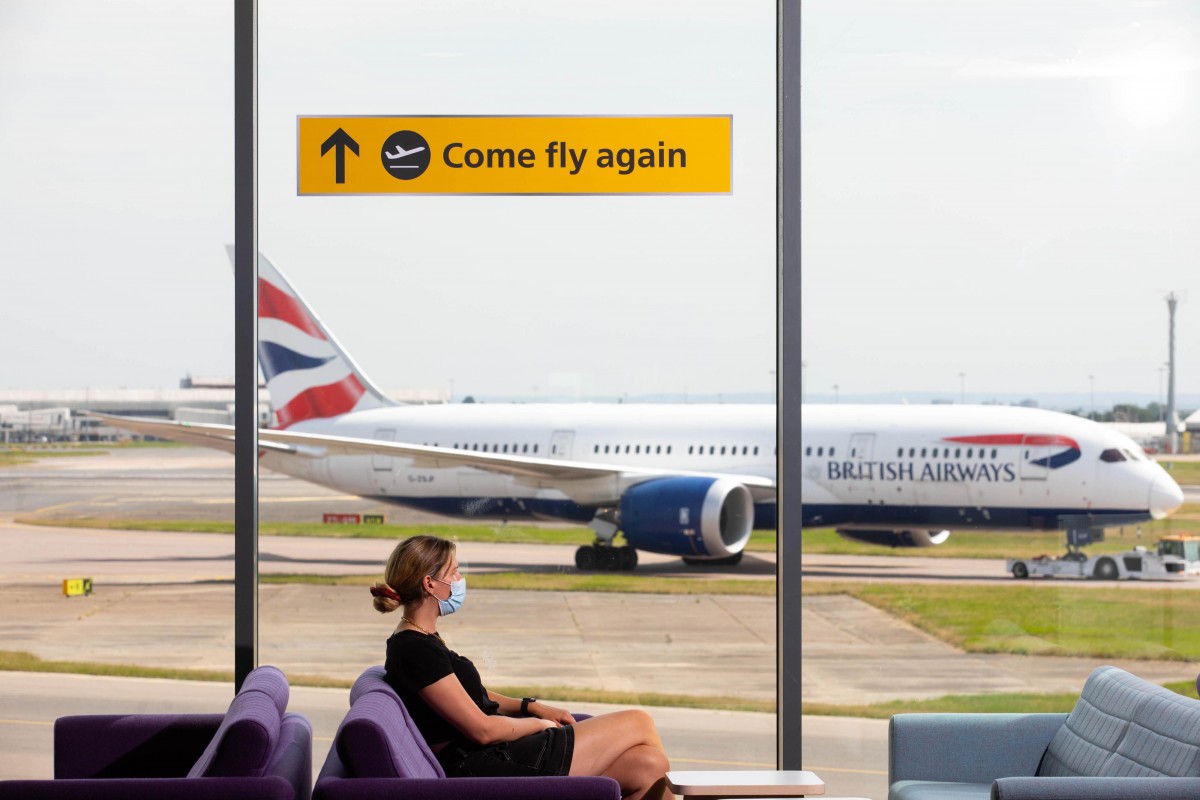Two years of a global pandemic have changed the retail market forever. As travel restrictions began to lift properly earlier this year, the summer has given us our first full taste of how travel retail will look for years to come.
Shoppers’ desires and demands have shifted, so have how they interact with both brands and retailers. With China remaining cut off and domestic travel leading the way, we have seen the emergence of a new travel retail. Here are some of the key lessons I feel all stakeholders must learn
1. Spend is up as leisure drives recovery
Business travel has not recovered that fast in the wake of the pandemic, as online meeting tools mean business can be done ‘in-person’ without the cost of travel. After domestic travel drove the initial recovery, leisure travel has been the catalyst for international journeys, with average spend staying high as travellers look to treat themselves.
2. Luxury is a central pillar as it delivers on experience
Despite the claims of many during the pandemic, luxury is now more important than ever for travel retail. The sense of self-treat is a big part of this, alongside shoppers’ demand for experience which only brands can truly deliver.
3. Digital has not finished changing the game
Those who thought social media and the boom of e-commerce represented the peak of digital innovation for the moment were very wrong. The advent of Web3 and the Metaverse shows that digital developments are going to continue changing the face of retail and how brands and retailers engage customers. No business can afford to hold back from this evolution and some brands ae already leading the way.
4. The human touch is not dead
While some feared the pandemic would make in-store brand ambassadors redundant, the opposite has proved to be true. As shoppers seek an excellent in-store experience, they are increasingly turning to staff. While GenZ shoppers are more reticent, recent figures from m1nd-set show that 68% of millennials still interact with shop assistants.
5. Engaging younger shoppers requires new approaches
The evolution of digital has changed touchpoints for shoppers. Younger consumers do not engage with traditional touchpoints, according to m1nd-set, as only 15% of GenZ shoppers interact with such point of contact. This means that travel retail must think outside the box to make its presence felt and engaging outside its traditional scope to draw shoppers in by making this market part of a wider ecosystem and experience.
6. Physical stores must evolve to focus on physical
While digital is vital and omnichannel will become the way forward, physical stores must look to what differentiates them in the new normal, to create experiences that complement and enhance the digital outreach. The traditional limitations of physical retail must be torn down as new and truly innovative solutions are sought and found.
7. Sustainability counts
Once considered a nice bonus for brands, sustainability is now a huge part of shoppers’ decision-making process and must be at the heart of every company’s planning. No one – brand, retailer or airport – can be seen to be paying lip service to this ideal, our customers are too well-informed and will not accept being deceived.
8. Partnership is more important than ever
Collaboration is the only way that some businesses survived the pandemic. Now that same collaboration must be used to create a unique travel retail offer, which reflects the special nature of this market. Travel retail brings together brands which are never found together in any setting and the industry must take advantage of that.
9. We have to look beyond China
China was once the darling of travel retail and Chinese shoppers will always be relevant to this market. But rising spend and impressive recovery around the world while China’s borders stay closed has shown the power of this truly global market. As China’s government looks to keep spend inside its border, that international power will be central to the future of travel retail.
In conclusion, it’s all about experience, experience, experience. Travel retail has a bright future ahead of it, but it looks nothing like the very successful past we once enjoyed. However, done properly, what is to come could be even better.



